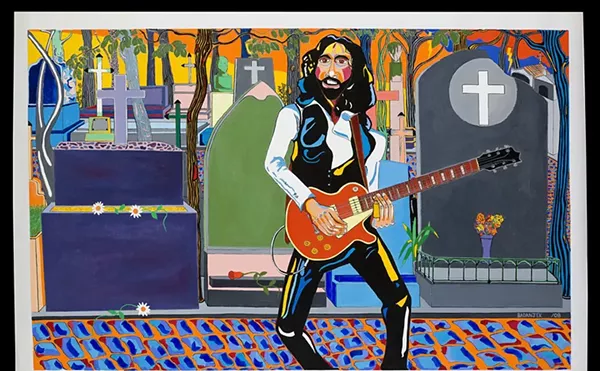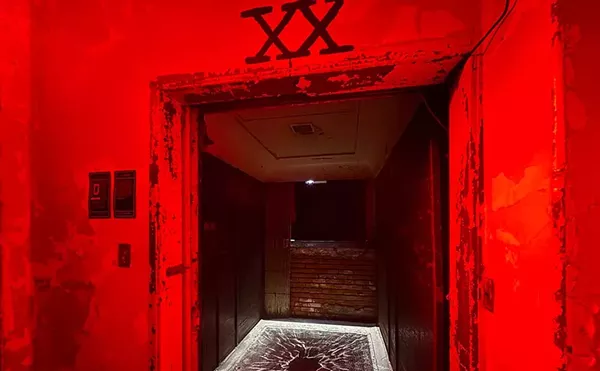
Audio By Carbonatix
[
{
"name": "GPT - Leaderboard - Inline - Content",
"component": "35519556",
"insertPoint": "5th",
"startingPoint": "3",
"requiredCountToDisplay": "3",
"maxInsertions": 100,
"adList": [
{
"adPreset": "LeaderboardInline"
}
]
}
]
The Third Man is one of Graham Greene’s most absurdist scenarios. He once said that the germ of the story was a scene in which a man attends his own funeral and, though that’s not in the final film, a similar through-the-looking-glass mood prevails.
It’s a mood that’s established swiftly, with the arrival in Vienna of Holly Martins (Joseph Cotten), a writer of pulp westerns and as clueless an American as ever set foot in the Old World. Martins has been summoned to the blighted city by his old acquaintance Harry Lime and a vague offer of work. But once he arrives at his friend’s apartment, he finds he’s too late – Lime has just been killed in a traffic accident. "He’s already in hell," says a sympathetic porter in dubious English, gesturing toward the sky – then pointing toward the ground he adds, "or in heaven."
At Lime’s funeral, Martins meets the British Major Calloway (Trevor Howard) who informs him that his deceased friend was a "cheap racketeer" involved in dastardly black-market dealings. Martins doesn’t see this as anything too serious – old Harry always was a guy with an angle – and decides, against Calloway’s advice, to stay in Vienna and try to find out more about Lime’s death. Soon he’s convinced it was murder, is falling in love with Lime’s bereaved girlfriend Anna (Alida Valli) and generally misunderstanding everything that’s going on around him.
The film’s feeling of dislocation is maintained by means both blatant – director Carol Reed’s occasional use of a tilted camera shot to convey psychic discomfort – and subtle, through a series of linguistic gaffes foreshadowed by the porter’s "heaven-hell" confusion. Martins keeps calling Calloway "Callahan," which gives the Major offense; "I’m British, not Irish," he says curtly. Martins also offends the mysterious Dr. Winkle (twice) by forgetting that it’s pronounced "Vinkle." But the most painful offence is committed by Anna who, as Holly falls deeper in love with her, insists on calling him "Harry."
"You could at least get my name right," he says petulantly, but in this place and time that would be asking too much.
With its literate script, beguiling zither music and newly restored noirish photography (by Robert Krasker, who won an Academy Award for his effort), The Third Man twists and turns toward its beautifully glum coda, a final shot so world-weary that it must have seemed nearly shocking in 1949. It still seems pretty bold.
Oh, and then there’s Orson Welles in what amounts to a cameo – he can’t be on screen for much more than 10 minutes and most of that has him running through the Vienna sewer system. But his portrait of a glib monster is justly famous.
In this nightmarish, upside-down world, he’s the man who doesn’t get anybody’s name wrong, not just surviving but flourishing among painful death. He’s an appealing rogue, never more charming than when contemplating the grisly demise of the fatuous Holly Martins.
Richard C. Walls writes about the arts for Metro Times. E-mail him at letters@metrotimes.com.





